26/02/2019
Windows 10 1809 RDP “black screen of death”
Recently I noticed some serious issues connecting from my Windows 10 1809 laptop to another Windows 10 1809 hosts via RDP over VPN (OpenVPN over TCP).
The RDP server replied correctly to the initial connection and asked for login, but after entering username and password… nothing, only a deep, dark, freightening black screen of death :(
No problems with RDP server with other previous Windows versions (Windows 7, Server 2012, Server 2016), looking to my OpenVPN server I found no errors in the logs, but on my OpenVPN client (v 2.4.7-I603) I found some interesting log records:
Mon Feb 25 15:13:58 2019 us=737935 openvpnclient/xxx.xxx.xxx.xxx:48404 MULTI: packet dropped due to output saturation (multi_process_incoming_tun)
Looking through OpenVPN forums and ML I found no help, a few old issues with this kind of errors but no solution at all, and nothing that makes sense with my setup.
So I started to look around for Windows issues or new features introduced with 1809 service pack (forgive me but I still call those updates in the old way :P ) and I found some interesting news, MS introduced RDP UDP Transport Extension Version 2 and enabled by default UDP protocol for the RDP client.
Seems like this cause some fragmentation isssue on UDP protocol that cause the VPN connection to drop.
Actually there’s no patch to solve this problem and seems like the few threads on Technet didn’t have any official reply from MS, for now the only workaround is to enable “Turn Off UDP On Client” using local group policies:
- start group policy management with gpedit
- navigate to computer configuration\Admin Templates\ Windows Components\Remote Desktop Services\ Remote Desktop Connection Client
- open “Turn Off UDP On Client”, enable it and apply changes
Now without any reboot you should be able to connect to 1809 hosts without the ugly “black screen of death”.













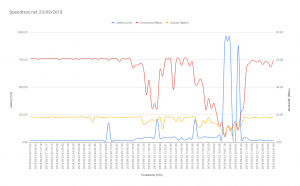



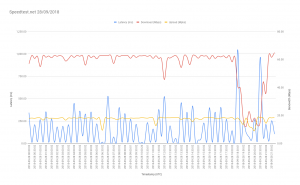
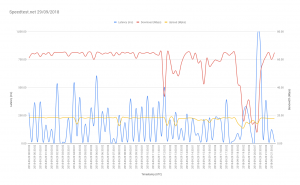









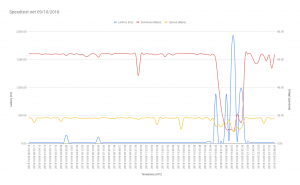







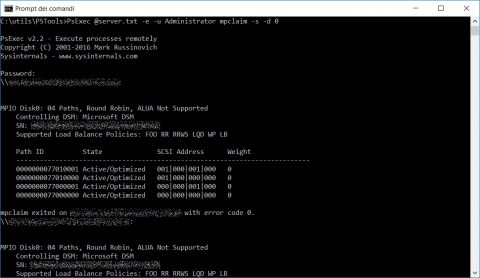





![[ Celebrate 30 years of GNU! ]](https://tasslehoff.burrfoot.it/wp-content/uploads/2013/11/GNU_30th_badge.png)

